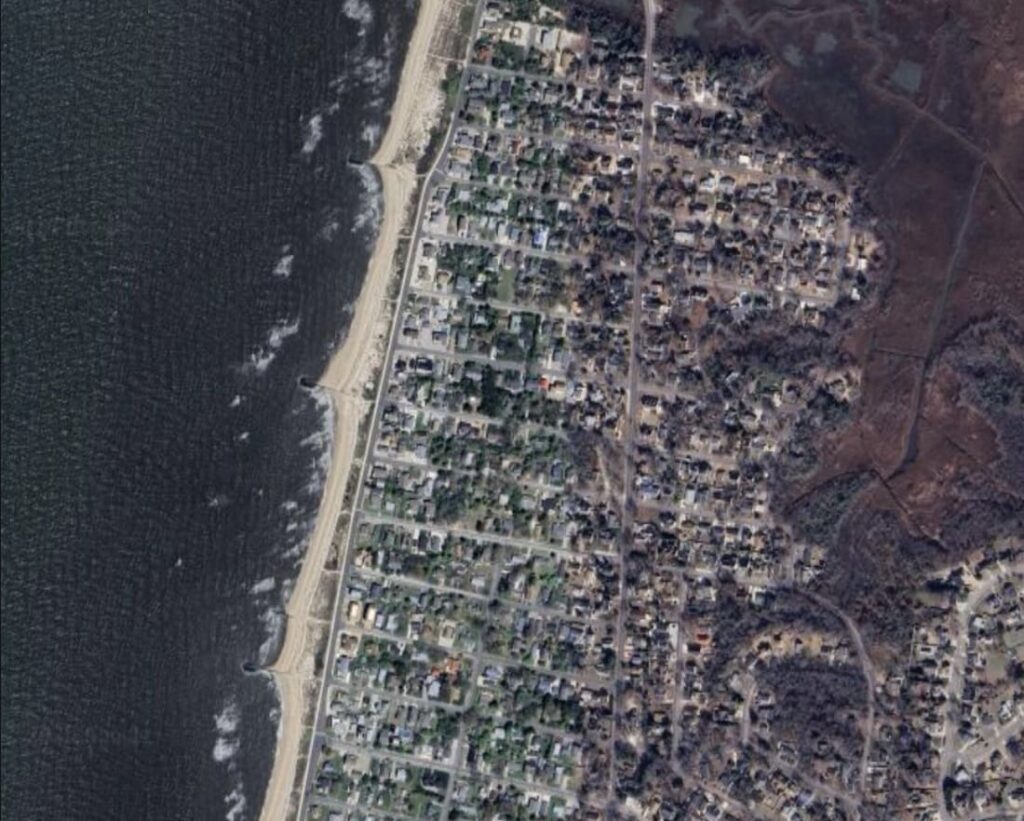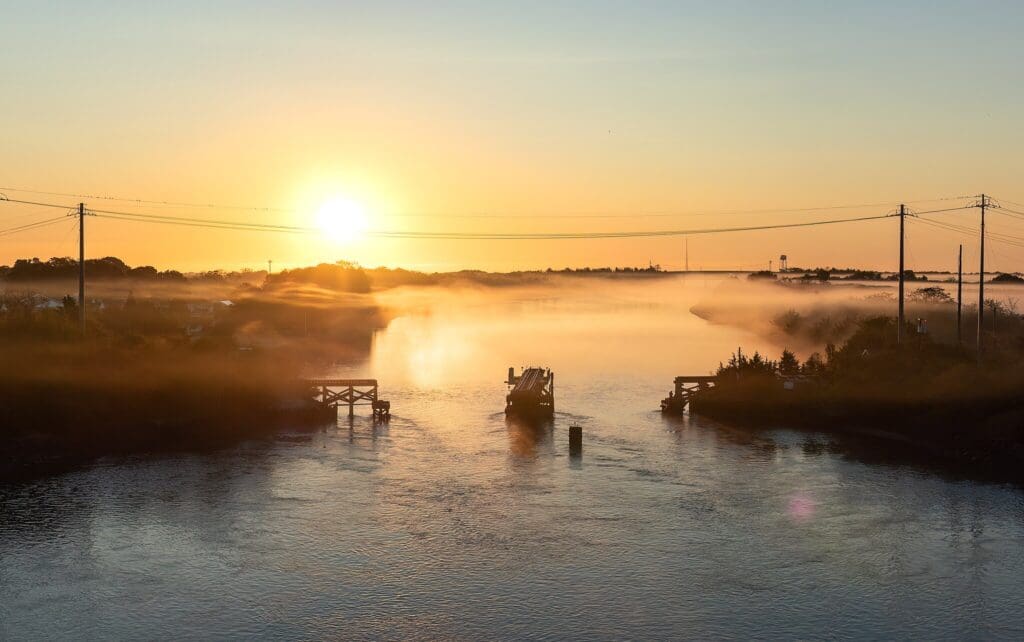Before Cape May, New Jersey became a charming seaside escape lined with Victorian-style homes, it was a meeting ground for whalers chasing profit along the shores of the Delaware Bay.
In the early 1600s, settlers from New England moved south to hunt whales off the coast of what is now Cape May County. The small settlement they built became known as Town Bank.
According to the National Park Service, English and Dutch whalers arrived in Cape May around the 1630s. They were drawn by migration patterns of right whales and humpbacks that passed close to shore. These settlers set up crude outposts to live in and worked through the winter months, cutting and rendering whale blubber into lucrative oil.
At the time, the oil was invaluable—it fueled lamps, lubricated machinery and was traded as far as Europe. Baleen, AKA “whalebone,” was also harvested and sold, often used for corsets and umbrella ribs.

Whalers brought their families to Town Bank, too. The area surrounding the settlement grew as more and more families established permanent homes. At its height, the community blended subsistence living with a small but fruitful maritime economy—driven by whaling. Records preserved by local historians describe boats heading out daily during peak migration seasons and families sharing in the profits of each catch.
The success was only brief. By the mid-1700s, overhunting caused whale populations in the Delaware Bay to plummet. Whalers began reporting long stretches of time without a single sighting, let alone a catch. Many families turned to farming, fishing and coastal trade to make up for the lost profits.
Then came the American Revolution, which disrupted what little remained of the industry. By the 1800s, the whaling industry had completely ended and Cape May grew into a tourist destination.
Today, Town Bank is a quiet residential area just north of Cape May. Few visible signs remain of its whaling past, though signage and small memorials note its place as one of New Jersey’s earliest European settlements. The Historic Town Bank organization and local archives maintain records that trace its transformation from a working shoreline to what it is today.
As you stand on the beaches near Town Bank, it’s easy to overlook what once happened there. The same waters now known for dolphins and ferries once carried whaleboats and the sharp scent of oil fires. The economy, which now thrives off of tourism and fishing, was once fueled—literally—by the departed industry of whaling.
The New Jersey Digest is a new jersey magazine that has chronicled daily life in the Garden State for over 10 years.
- Staffhttps://thedigestonline.com/author/thedigeststaff/
- Staffhttps://thedigestonline.com/author/thedigeststaff/
- Staffhttps://thedigestonline.com/author/thedigeststaff/
- Staffhttps://thedigestonline.com/author/thedigeststaff/


